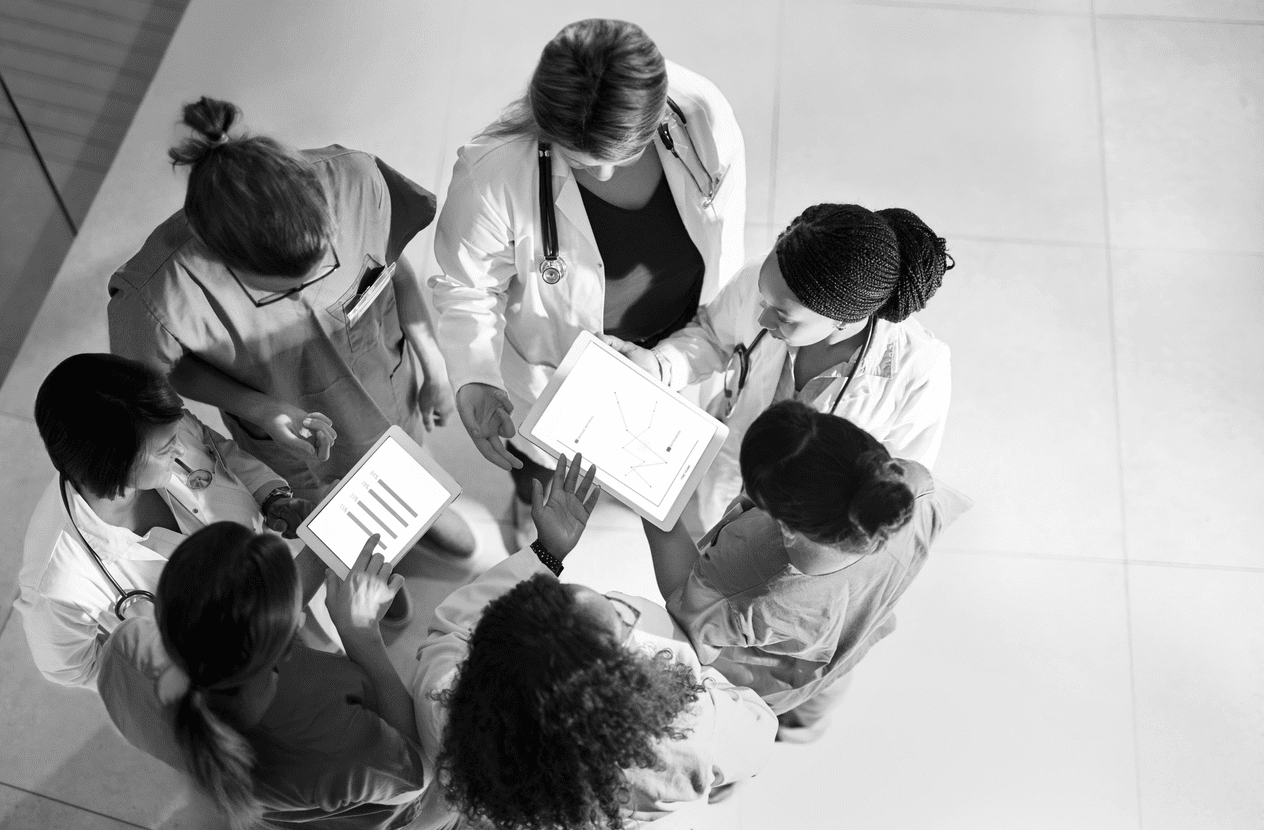We have three more fascinating contributions to our Health Tech New Year’s Resolutions blog series. Senior director of Healthcare Innovation at Oracle, Raj Modi, Co-founder and Chief Strategy officer of prescriptions app Echo, Stephen Bourke and health tech influencer Whitney Cole share their thoughts.
Here we take a look at this week’s biggest developments, research and investment news from the world of health technology.
Apple and Aetna team up on new app to help track and reward healthy behaviour
Apple and insurance giant Aetna announced that their new Attain app will be available in Spring 2019. The app, available on the iPhone and Apple Watch, is designed to incentivise users to engage in more healthy behaviours. The app will nudge members to take their medicine, get an annual flu shot, and it will also offer rewards (including a free Apple watch) to members who sleep more hours or exercise regularly. This is the latest in a long line of health related initiatives that Apple is embarking upon as it becomes more apparent how key healthcare is to future growth for the brand.
Pills inspired by puffer fish could soon be used to track digestive health
Researchers at the Massachusetts Institute of Technology (MIT) announced the development of an ingestible tracker described as a “jelly like” pill that could act as an alternative to invasive procedures such as endoscopes. Developed from sodium polyacrylate, the tracker is not affected by stomach acid, allowing it to last longer in the system than other current ingestible sensors. The defence mechanism of a pufferfish was the inspiration for this inflatable pill, which expands to the size of a ping-pong ball upon reaching the stomach
The purpose of this smart pill is to track ulcers, cancers and other gastrointestinal conditions, with researchers hoping that in the future the technology could be used to monitor vital signs, pH levels or signs of certain bacteria or viruses.
BioTelemetry acquires remote monitoring startup Geneva Healthcare for $45m
BioTelemetry, a remote wireless company with a specialisation in health information has announced the acquisition of start-up Geneva Healthcare for $45 million in cash up front. Geneva Healthcare is a maker of remote monitoring for implantable cardiac devices. It is understood an additional minimum could be added to the bill of $20 million in performance-based earn-out considerations. The acquisition will give BioTelemetry access to Geneva’s cloud-based platform, which has the ability to amass data from its manufactured devices. The merger will also bring both the companies’ products together, in order to improve workflow and provide extra information for physicians.
Artificial intelligence system could cut critical chest x-rays assessment time
A team of researchers from The University of Warwick led by the chair of the Warwick Manufacturing Group (WMG), Professor Giovanni Montana, have developed a method to detect radiological abnormalities in chest x-rays. The system uses a natural language processing algorithm to read a radiologist’s report, interpret the findings and prioritise patients based on the severity of their condition. This innovation is widely welcomed and has the ability to cut reporting times and waiting lists. At any one time there areover 300,000 radiographs waiting for more than 30 days to be reported.
Battery-free biosensor patch measures your health by drinking your sweat
Researchers at the Nowrthwestern University in Illinois, U.S.A have developed a battery-free soft skin patch, which can gather data about the body wirelessly by measuring the components of sweat. In the future, this wearable biomarker sensor will provide clinical applications for the diagnosis of cystic fibrosis and track the rehabilitation of stroke survivors.
Professor John Rogers, a physical chemist and materials scientist at Northwestern, told Digital Trends, “It brings fluids and chemical analysis into the realm of a skin-interfaced wearable that can operate in real-time in the field. Specifically, it provides the reader with visual information on sweat loss and sweat rate, along with the pH and electrolyte levels, and wireless digital data on glucose and lactate levels — all based on sweat.”
Interesting reads for the weekend:
- Apple watch and fitbits wrongly sending healthy people to doctors could overwhelm NHS, report warns
- The GP substitute will see you now
- First child given pioneering CAR-T cancer therapy
- 3D model aids surgeons in facilitating delicate procedure
- Machine Learning Customizes Powered Knee Prosthetics for New Users in Minutes
- Layered cocktails inspire new form of male birth control
- Columbia Researchers Developed Technology That Can Translate Brain Activity Into Words
